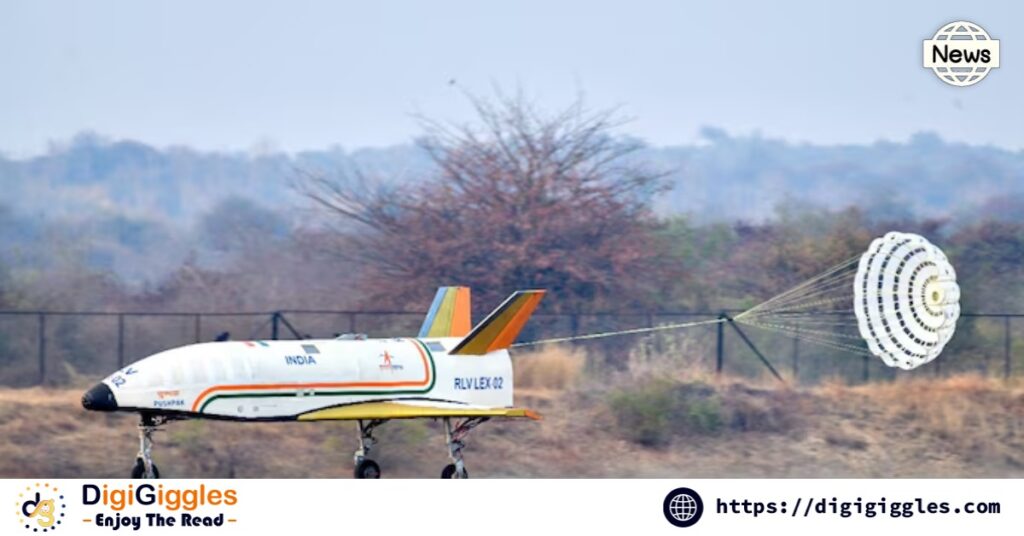
The Reusable Launch Vehicle (RLV) known as “Pushpak” of the Indian Space Research Organisation (Isro) successfully completed its landing mission on Friday from the Aeronautical Test Range (ATR) in Challakere, close to Chitradurga, Karnataka. Senior officials and Isro Chairman S Somanath were present at the launch site.
Once again, Isro succeeds! The space organization stated on X that Pushpak (RLV-TD), the winged vehicle, was released from an off-nominal position and made a precise autonomous landing on the runway.
“An Indian Air Force Chinook helicopter hoisted Pushpak to a height of 4.5 km before releasing him. Pushpak made cross-range corrections and autonomously approached the runway after being released at a distance of 4 km. Using its brake parachute, landing gear brakes, and nose wheel steering system, it made a precise landing on the runway and came to a stop, according to the Isro.
With the integration of multiple key components, including the X-33 advanced technology demonstrator, the X-34 testbed technology demonstrator, and the upgraded DC-XA flight demonstrator, the Pushpak RLV is intended to be an all-rocket, fully reusable single-stage-to-orbit (SSTO) vehicle.
With this launch, Pushpak will have completed three flights after a battery of tests to refine its robotic landing skills in progressively more challenging scenarios.
The vehicle, which has been under development for more than ten years, successfully tested an autonomous landing in April of last year after being released from an Indian Air Force Chinook helicopter. The Pushpak RLV reached a significant milestone with this, moving one step closer to becoming capable of orbital re-entry.
Isro’s contemporary aircraft, which bears the name of the Ramayana’s legendary “Pushpak Viman,” stand for wealth and creativity.
The RLV, a winged technology demonstrator, is set up to serve as a flying test bed for assessing different technologies, including powered cruise flight, autonomous landing, and hypersonic flight.
The project, which has cost more than Rs 100 crore, not only demonstrates India’s technological prowess but also paves the way for larger projects like the audacious plan to build the Bhartiya Antariksha Station by 2035.
Last month, Somanath gave Prime Minister Narendra Modi a briefing on the vehicle’s development during his visit to the Vikram Sarabhai Space Centre.
The National Review Committee gave Isro’s design for the RLV spacecraft its approval in January 2012. Following approval, the first prototype was constructed and given the name RLV-TD (Technology Demonstrator).
RLV made its first flight in 2016 thanks to sophisticated supercomputer simulations and the National Aerospace Laboratory and the Defence Research and Development Organisation (DRDO) developing heat-resistant materials to shield the spacecraft from high temperatures during atmospheric re-entry.